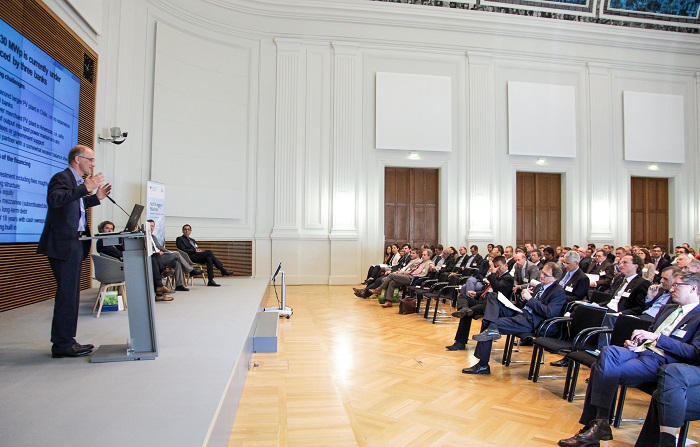How it works: Closed and open systems

Drilling rig for deep geothermal drilling
© BGR Hannover
Geothermal systems can be designed as an open or closed system. Closed systems are often used in near-surface areas and open systems are commonly used for deep geothermal applications. At the surface the heated medium can be used for heating and for electricity generation.
In an open system hot water is extracted from an underground aquifer and pumped to the surface, where the heat is transferred to a heat exchanger. The cooled off water is then pumped back into the aquifer and the cycle starts over again. Other types of open systems like the hot dry rock technique pump a heat carrier under pressure into hot rock layers. The heat carrier absorbs the heat of the rock formation and is pumped back to the surface
In closed systems the heat carrier medium circulates through a closed pipe system. The pipe has a high heat permeability to facilitate the heat transfer between the subterranean earth layers to the heat carrier in the pipe system.



